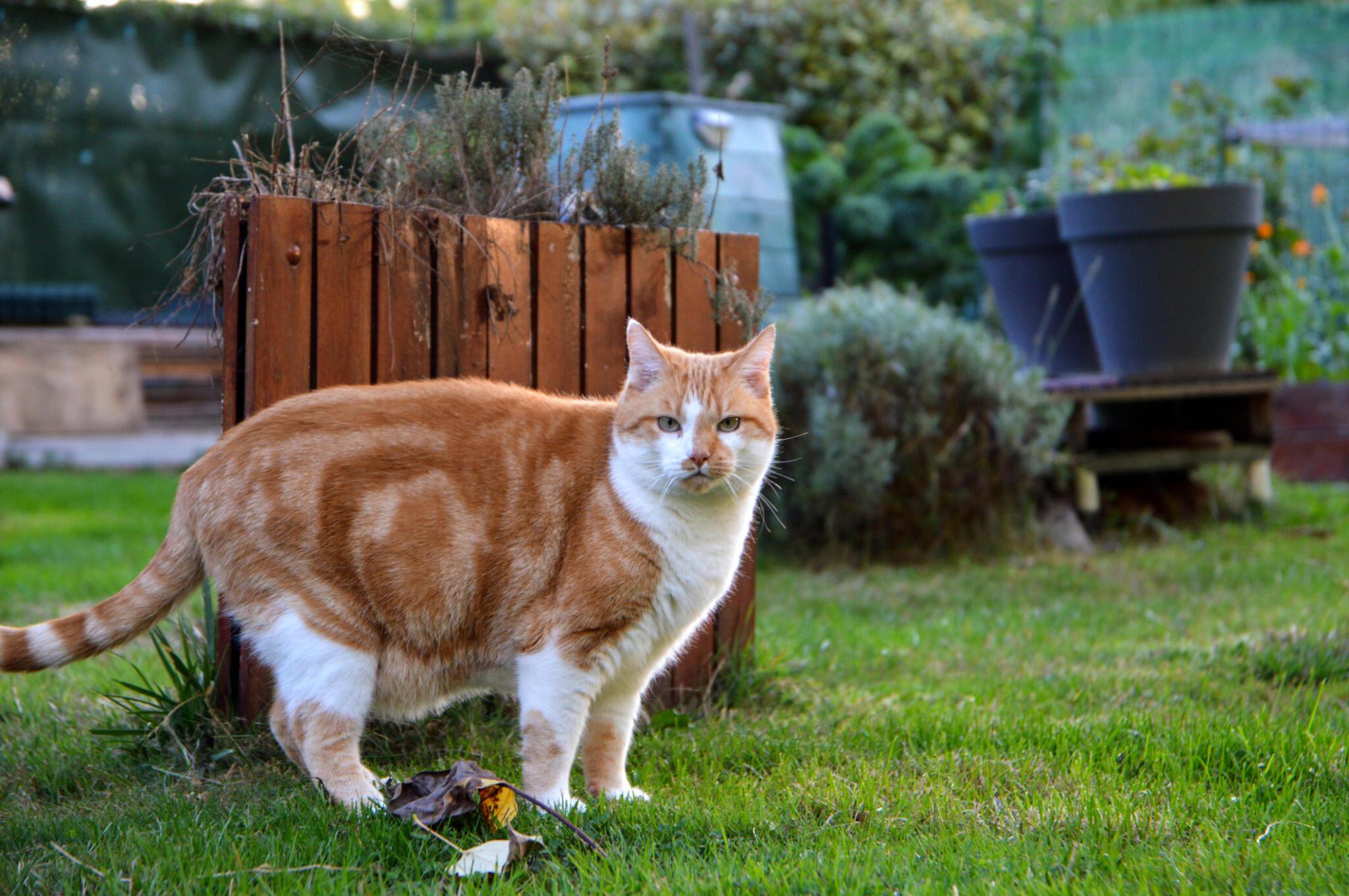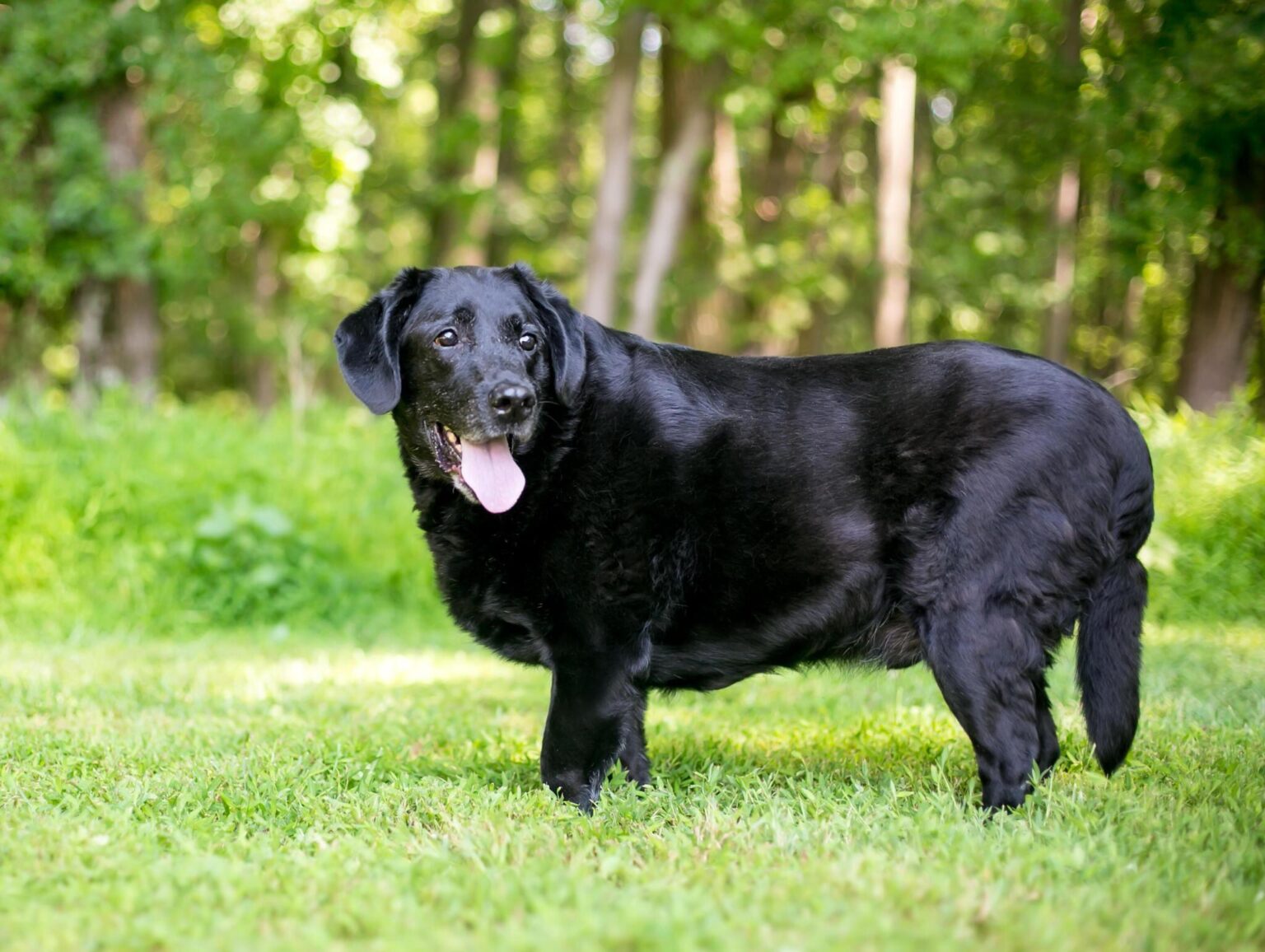Welcome to the world of pet health, where we tackle the serious issue of pudgy pooches and chunky kitties! America’s weight problem extends beyond humans, reaching our furry friends. Recent stats spill the kibble—approximately 56% of dogs and 60% of cats in the U.S. carry a few extra pounds.
And hold your horses (literally!) because 30% of them are joining the chunky club too! Let’s take a look at how to trim down those pet pounds and discover the paw-sibilities of a healthier, happier diet. Grab a treat (low-cal, of course, and let’s dive in!).
Understanding Pet Obesity
While a pudgy puppy with all its pug rolls might elicit a chorus of “awws,” what’s happening inside could make you rethink those extra treats. Dogs tip the scales into the “overweight” category when they pack on 10%-30% more than their ideal body weight. Once they surpass the 30% mark, it’s a full-blown case of “obesity.” Cats dance to a similar weighty tune.
But it’s not just about fitting into the perfect-sized collar. Pet obesity is like opening a Pandora’s box of health issues, from arthritis to chronic kidney disease. Picture this: bladder/urinary tract disease, liver problems, low thyroid hormone production—the list goes on! It’s a pet health bingo; we’re not aiming for a full card. So, let’s unpack the weighty matters and pave the way for a slimmer, healthier future for our furry companions.
The Impact of Diet on Pet Health
Picture this: the average dog lives a good 10-13 years, cats boast 12-18, and horses, majestic creatures that they are, gallop through 25-30 years. Now, let’s address the elephant in the room—obesity. It’s the heavyweight champion for trimming off precious years from your pet’s life.
In the grand canine scheme, a groundbreaking study on Labrador retrievers threw a hefty truth bomb—moderate overweight status can snatch nearly two years from a dog’s life compared to their sleeker pals. Take the pint-sized Yorkshire Terrier, a normal-weight male’s clock ticks around 16.2 years. Add a few extra kibbles, and that dwindles to 13.7—a 2.5-year reduction. Let’s not turn our terriers into time travelers!
Now, let’s peek into the health baggage obesity brings along:
- Diabetes: When the pancreas slacks on insulin, blood glucose levels go haywire.
- Heart Disease: High cholesterol levels play a heart-wrenching tune.
- Arthritis: Extra weight becomes a ball and chain, hindering mobility.
Transitioning to a healthier diet isn’t just a diet fad; it’s a lifeline. The clock is ticking, and there’s no time like today to dish out a healthier, longer life for our four-legged companions.
Identifying Common Culprits to Pet Obesity
Let’s take a look at the causes of those sneaky extra pounds on our pets—it’s time to get to the root of the excess fluffiness!
- High-calorie treats and snacks: Those innocent-looking treats might be the stealthy saboteurs of your pet’s waistline.
- Overfeeding and portion control: The correct meal size is like a tailor-made suit, and it depends on factors such as the type of food, how often they are fed, how much they weigh (and their target weight), metabolic rate, and the amount of daily exercise your furry friend gets.
- Lack of exercise: Just like us, our canine pals need to hit the pavement for a good 20-30 minute walk each day, and sometimes, more depending on the dog. Those daily strolls are more than just bathroom breaks—they’re the key to a trim physique!
- Poor quality commercial pet food: Have you ever checked the ingredient list on your pet’s chow? Poor-quality dog food can pack a punch of fillers, chemicals, and artificial preservatives, triggering digestive issues like diarrhea, constipation, vomiting, and an orchestra of flatulence. And let’s not forget the silent malnutrition—it’s a health hazard waiting to pounce.
- Feeding from the table: Those pleading puppy eyes during dinner might be tempting, but feeding your dog scraps from the table can add to their calorie count and contribute to obesity. It’s not just about the extra pounds; certain ingredients in human food can be downright unhealthy for our furry friends, leading to a host of issues. So, resist the urge to share your plate—it’s a small sacrifice for a healthier, happier pet.
It’s time to decode the nutritional mysteries and lead our pets toward a balanced, portion-controlled, and active lifestyle. Remember, a little detective work in the food bowl can go a long way!
Prevent Pet Obesity by Choosing the Right Food
While an ideal world would serve equal pet food opportunities, reality offers an overwhelming array of options. Finding a healthy, affordable, and paw-licking good option can be as intimidating as teaching your dog to fetch a newspaper.
Let’s use dog foods as an example. The best dog food isn’t a one-size-fits-all scenario. While commercial brands often meet minimum nutritional requirements, not every pup has identical needs. Dogs, much like us, go through different life stages with varying nutritional demands. Puppies need a different diet than adult dogs, and large breeds have distinct requirements from their pint-sized counterparts. The Merck Veterinary Manual is your nutrition compass, detailing the recommended nutrients by weight and age.
Now, let’s decode those mysterious labels. The FDA mandates eight key pieces of information, from product names to feeding guidelines. But here’s the kicker—ingredient quality isn’t always crystal clear. Not all labels spill the beans on ingredient quality, potentially leading to a feast of not-so-fabulous fare for your pet.
Sound confusing? It is! That’s why Pet Evolution is on a mission to teach pet owners about healthy pet food options. We believe in feeding your furry friend right, and our pet food offerings are a testament to that commitment. At Pet Evolution, we’ve crafted a lineup that stands out in the crowd, catering to diverse nutritional needs with a dash of flavor. Here’s a sneak peek into our pet food categories:
- Select Foods: Free of corn, wheat, soy, byproducts, artificial sweeteners, and artificial colors. It’s the clean slate your pet’s palate deserves.
- Classic Foods: All the goodness of Select, amped up with higher protein content and the possibility of indulging in fruits and vegetables. Because why settle for good when you can go great?
- Signature Foods: The epitome of premium indulgence—think all the benefits of raw or freeze-dried food, packed into a nutrient-rich feast. It’s not just a meal; it’s a wellness journey.

Tips for Transitioning Your Pet to a Healthier Diet
Now that you’ve decided to transition your pet to a better food, please know that we do not recommend that you make a “cold turkey” move. While today is the perfect day to kickstart this paw-some transition, we’ve got a plan to ensure your pet’s taste buds and tummy happily tag along.
Here’s the scoop on the seven-day diet transition:
- Day One to Two: Begin with 25% new food and 75% of their previous diet. A gentle introduction to the culinary change.
- Day Three to Five: Shift gears to a balanced mix of 50% new food and 50% old. It’s the sweet spot where variety meets familiarity.
- Days Six to Seven: Increase the new food to 75%, keeping 25% of the old. A gradual shift for a smoother culinary journey.
By day eight, voila! Your pet should be dancing to the tune of their new, healthier diet. Now, what to do with that surplus pet food? Spread the love by donating it to an animal shelter. Shelters are often in dire need of supplies, and your unused food could make tails wag elsewhere.
Have Questions? Visit Your Nearest Pet Evolution Pet Store!
The risks associated with pet obesity are not to be taken lightly, and poor-quality pet food often plays a part. Your pet’s well-being is in your hands, and a healthier diet is the key to providing them with a longer, happier life. Transitioning to better food choices, understanding portion control, and incorporating regular exercise are the building blocks of a healthier, tail-wagging future.
If you find yourself navigating the maze of pet nutrition with questions, uncertainties, or a desire for top-notch advice, look no further than your nearest Pet Evolution pet store. Our knowledgeable staff is ready to guide you toward pet wellness. Let’s ensure that every meal celebrates health and happiness for our beloved pets.
